White willow is not a suitable wood for furniture because it is difficult to machine. However, over the years there have been attempts to use it in this area too, some with relative success. Many years ago, we researched the introduction of willow as a furniture species. Architects, wood engineers, finishers were involved to make a strong bookcase model that could be taken up by factories. The bookcase turned out very well, but the manufacture did not materialize because the wood frequently warped when drying, cracked and broke when machined. But it finished well, so for me it was no problem. What willow wood is good for, what it looks like and what the characteristics of the tree are, find out below.
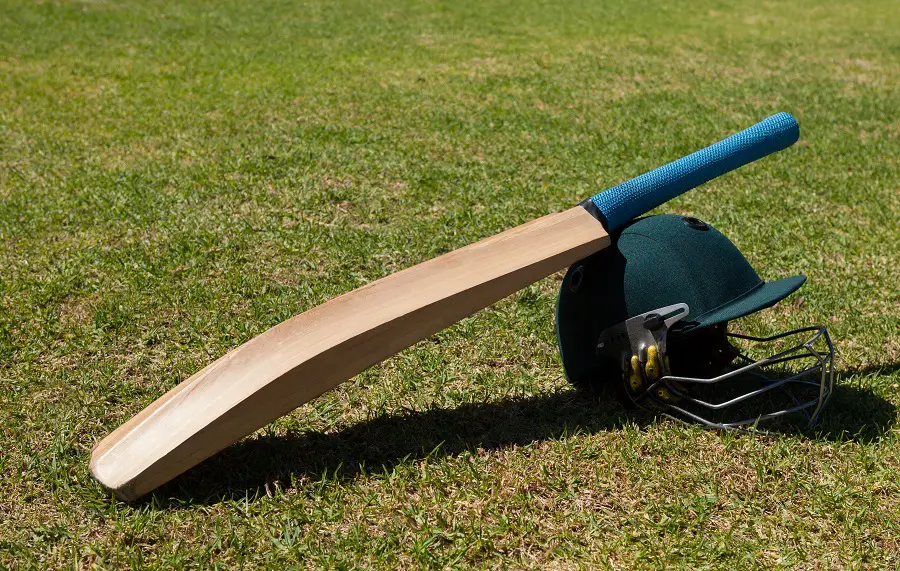
A herbal remedy very similar to aspirin
Before it was a source of wood, willow was used as a remedy for headaches and toothaches, as well as other ailments. It is often called nature's aspirin. The ancient Egyptians used willow bark and buds to treat wounds and fevers. In the Middle Ages, willow bark was chewed in many parts of Europe to relieve toothache. Some boiled it in water and the resulting drink was used as a remedy for diarrhoea, to reduce joint inflammation caused by arthritis or to relieve sore throats. The boil was used to clean wounds and stop bleeding. Learn more about modern studies on the beneficial effects of willow bark here.
Willow branches have been used since ancient times as a religious symbol or as a defence against evil spirits. The Chinese believed that the leaves of the willow drove away these spirits. They were used on religious holidays and are still used to celebrate Palm Sunday. In some areas, however, over time, it has been associated with sadness and mourning, and is thus mentioned in poems. In Hamlet, Ophelia drowns next to a willow tree, adding to the sadness and drama.
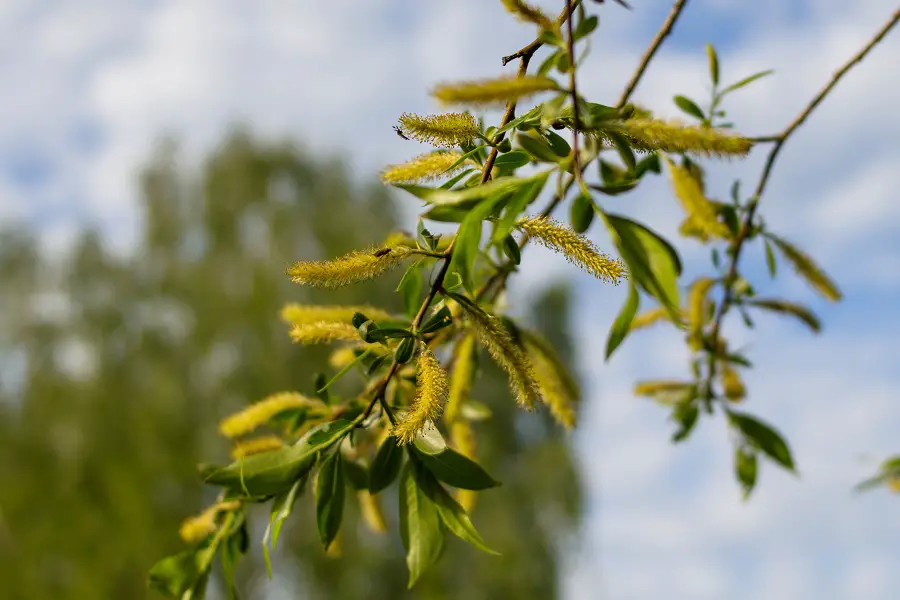
Area of origin - Europe, Central Asia and North Africa
The white willow (Salix alba in Latin) is specific to Europe and Central Asia and has a fairly wide range. It covers the whole of Europe, except in the north, where it lacks light and water and does not have a suitable environment. In Asia it ranges from the Caucasus and lower Asia to the Himalayas and China. In Africa it is found in the north, with Algeria being the country where it is most common. In Romania it is found from the lowlands, where it grows in floodplains, to the hills and lower mountain areas. It thrives well in fertile, waterlogged alluvial soils and is very tolerant of prolonged flooding. It is very light-loving.
Willow is part of the Salicaceae where there are over 400 varieties of willow. The best known are white willow, black willow (Salix nigra) and weeping willow (Salix babylonica). There are several kinds of white willow, wicker (Salix alba vitelina) is known for its thin, springy, reddish-yellow gossamer used to make braided baskets. New varieties are produced through hybridisation, the best known being the white willow and Salix fragilis (also a hybrid) used for cricket bats. The hybrid is even called cricket willow or English willow.
In the literature you find it as white wilow in English, white willow in Italian and white willow in French.
A water-loving tree that can live for 100 years
The white willow is the largest of the willow species, with trees up to 25-27 m tall and 2 m in diameter. It grows rapidly, reaching maturity after 20-30 years and often lives up to 100 years. Over time, the inside of the trunk rots, forming large hollows.
The root is deep in the ground. The trunk, often crooked, is covered with greyish-green bark, deeply rooted very quickly and has a tannin content of about 6%. The crown is irregularly branched. The leaves are thin, oval, lighter in colour than other willow species due to fine, silky, silvery-white hairs on the underside. This is why it is also called white willow. The flowers are female and male and grow on different trees. The male flowers are yellow, clustered, 4-6 cm long and the female flowers are green, 4 cm long. After pollination, the female flowers develop small seed capsules covered with white down that are spread by the wind.
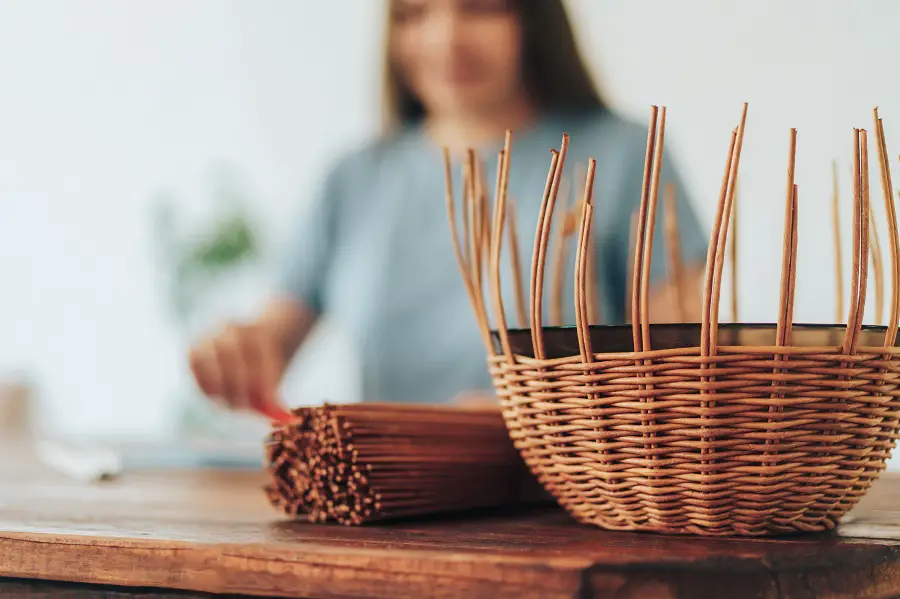
Light wood with good resistance to shock, but no resistance to water, fungi and insects
In cross-section through the trunk of the white willow you can see the difference between sapwood and heartwood, but the differentiation is not always very clear. The sapwood is very light in colour, light yellow to white, and the heartwood is tan to pinkish-brown. The annual rings are only distinctly visible in mature specimens. The fibre is straight and the texture is uniform, medium fine. The pores are semi-round, medium to large, without a specific arrangement, medium to numerous in density. There is a very small difference in pore size between earlywood and latewood pores which is hardly visible. The medullary rays are narrow, invisible to the naked eye but visible with a magnifying glass.
Willow wood is light, just like poplar wood, average dry density being 400 kg/m³. It is impact resistant and has moderate hardness, Janka index 2530 N. The compressive strength in the transverse direction is low, therefore the latex bends easily and can be used for braided baskets. White willow wood is perishable, with very low resistance to water, fungi and insects. It dries easily, but tends to develop various defects: cracks, bends, twists. It easily absorbs water from the atmosphere, becoming dimensional instability.
Being a light wood, it is mechanically machined with difficulty, resulting in rough surfaces that are difficult to sand. It is easier to work with hand tools and carves smoothly. It is easy to cut, but drying defects lead to high losses of wood mass. Glues easily and although it is a tanned wood, it stains and finishes smoothly.
Useful for carvers, but also in industry
Willow wood is used primarily for paper, pulp and wood fibre. The twigs are used to make baskets and woven fences. Wood is not used in the furniture industry because it is difficult to process. However, it is used by craftsmen to make spoons, platters, cups and other such objects. It was often used in the past to make the famous Dutch clogs.
Carpenters sometimes use it to make small furniture, coffee tables or stools for children. Being a light wood, it is preferred for making packaging for bottles or other objects. Boxes and crates are made from willow.
It is not good as firewood. Its high water content makes it burn hard, with high smoke and low heat release. It is also not used to make matches, but is used to make toothpicks. Willow wood is used to make charcoal for gunpowder.
The most popular use of white willow wood is for cricket bats. As already mentioned, a hybrid obtained and bred in England is used. Experts say that only that wood produces quality bats, with local growing conditions contributing to the quality of the bats. However, they are not made to last very long and are very often replaced.
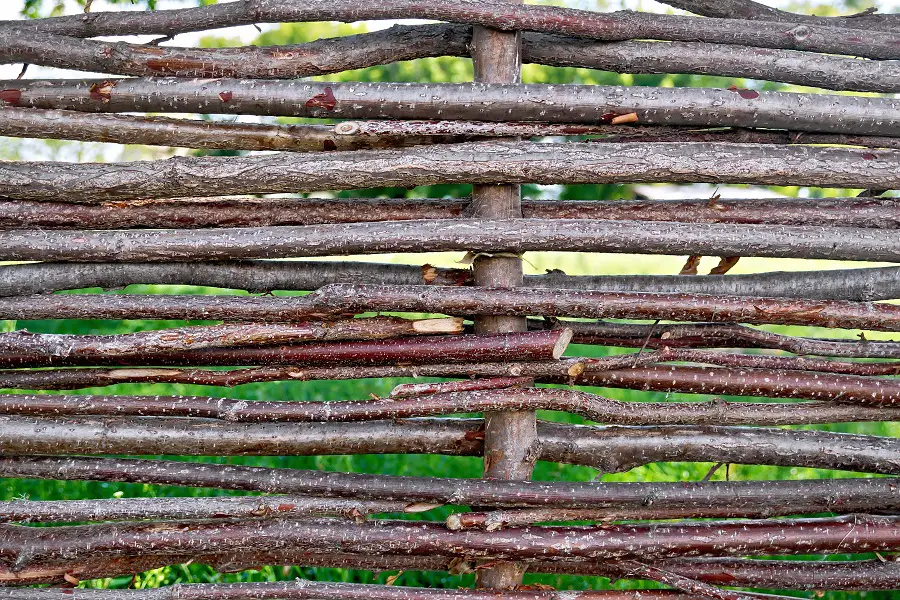
I hope you find the above information useful. As usual, additions are welcome. And if you have any questions or queries, please leave them in the space below. I'm sure I'll reply.
Do you want to know about the wood of a particular species? Search here, it is very possible to find them!

















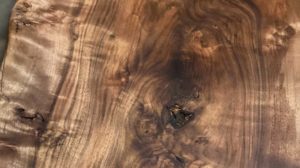






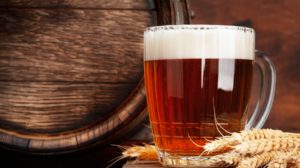


Add comment